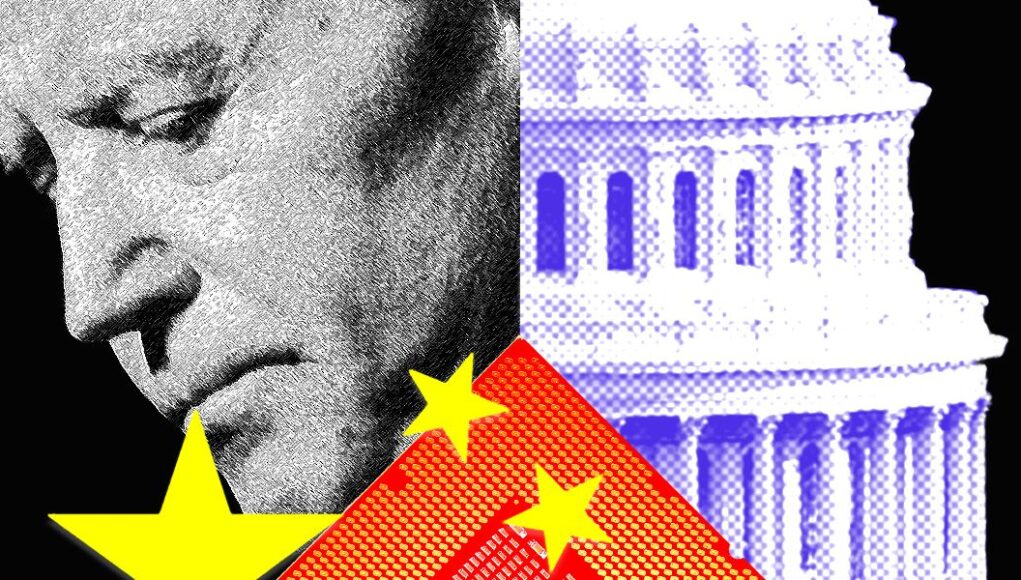War or not, the Biden administration was placing a high-stakes bet that the United States could use its leverage to hold China back, and that the losses in terms of foregone US exports to China and collateral damage to bilateral ties would be worth it. On one hand, it was a gamble that relied on ideas established in Washington decades ago. US policymakers had been using tech restrictions to stymie China’s military modernization and punish the country for human rights abuses since the Cold War. More recent advancements in missiles and surveillance technology reinforced that logic. But several people who served in the Biden administration say that a more novel concern was also behind the big bet.
Key officials believed AI was approaching an inflection point—or several—that could give a nation major military and economic advantages. Some believed a self-improving system or so-called artificial general intelligence could be just over the technical horizon. The risk that China could reach these thresholds first was too great to ignore.
This account of how the Biden administration chose to respond is based on interviews with more than 10 former US officials and policy experts, some of whom spoke on the condition of anonymity to discuss internal government deliberations.
Hobbling Huawei
When the Biden administration introduced its transformative policy, it did not start from scratch. During his first term, President Donald Trump had also targeted Chinese tech, including semiconductor firms, as part of a broader effort to curb the country’s technological rise and global influence.
In 2019, the Commerce Department added the Chinese IT giant Huawei to its Entity List, which effectively cut it off from US supply chains, including chips, unless it got a special license. Officials justified the measure with allegations that Huawei had violated US sanctions on Iran. But experts believed they were also trying to undermine the company more generally, fearing that Huawei’s exports of 5G wireless infrastructure around the world could give Chinese spies and saboteurs a leg up.
Then the Trump administration doubled down, this time by turning to an obscure legal provision called the “foreign-produced direct product rule.” The FDPR was originally designed to make sure that goods made through US innovation and technology—like missiles or airplane parts—didn’t go into weapons systems sold to adversaries, even if those systems were built abroad. In 2020, the Trump administration turned this long-arm tool on Huawei, explicitly targeting the company’s “efforts to obtain advanced semiconductors developed or produced from US software and technology,” as Commerce Secretary Wilbur Ross said at the time.
While the FDPR had previously been used to enforce multilateral arms controls, the move against Huawei targeted “items made with US technology that were not sensitive, that were not on the control list, that had nothing to do with any AI,” says Kevin Wolf, a former Obama administration export control official.
“Everybody thought that would be the end of this very novel extraterritorial control,” Wolf added. Instead, the US government found the FDPR irresistible. It would later turn it on Russia after the 2022 invasion of Ukraine, and eventually wield it to constrain high-powered computing in China. “Obviously we started using it like candy,” says Estevez. “Certainly threatening to use it, if not actually using it.”




